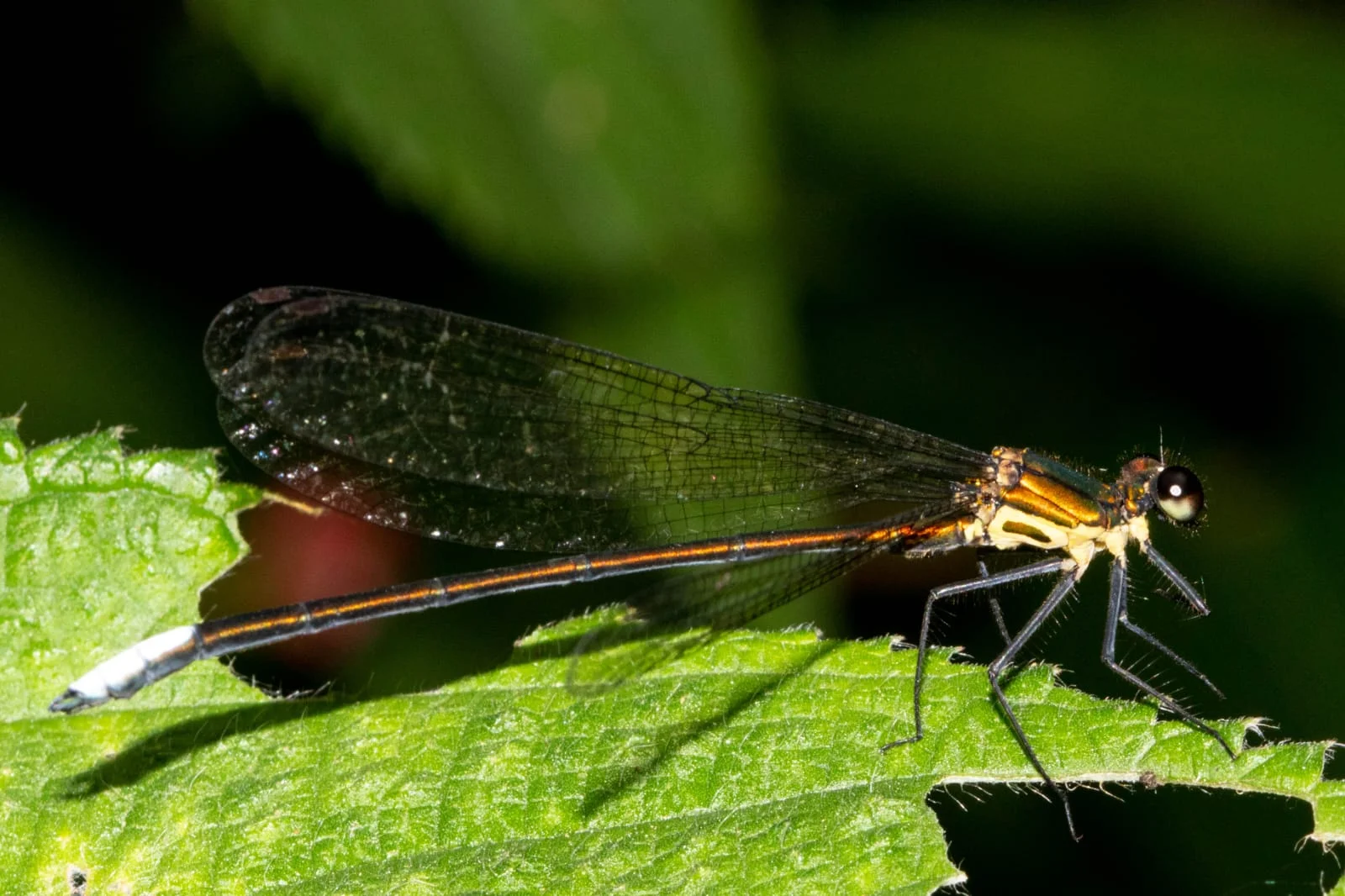- Courses
- GS Full Course 1 Year
- GS Full Course 2 Year
- GS Full Course 3 Year
- GS Full Course Till Selection
- Online Program
- GS Recorded Course
- NCERT (Recorded 500+ Hours)
- Polity Recorded Course
- Geography Recorded Course
- Economy Recorded Course
- AMAC Recorded Course
- Modern India, Post Independence & World History
- Environment Recoded Course
- Governance Recoded Course
- Science & Tech. Recoded Course
- International Relations and Internal Security Recorded Course
- Disaster Management Module Course
- Ethics Recoded Course
- Essay Recoded Course
- Current Affairs Recoded Course
- CSAT
- 5 LAYERED ARJUNA Mentorship
- Public Administration Optional
- ABOUT US
- OUR TOPPERS
- TEST SERIES
- FREE STUDY MATERIAL
- VIDEOS
- CONTACT US
Mismatch Between Global Importance of Peatlands and the Extent of Their Protection
Mismatch Between Global Importance of Peatlands and the Extent of Their Protection

- A study published in conservation letter (a journal of society for conservation biology) that only 17% of peatlands are protected globally—substantially less than many other high-value ecosystems.
- Total Global Peatland Area :4.02 million km² of peatlands exist globally.
- Protected Peatlands (All Categories)consists of only 0.68 million km² (~17%) of global peatlands are within protected areas.
- Strictly Protected Peatlands are 0.37 million km² of protected peatlands fall under strict protection (e.g., national parks, reserves).
- Nonstrict/Multiple Use Protected Peatlands are 0.31 million km² fall under nonstrict or multiple-use categories, where limited human activity is permitted.
- Ramsar-Designated Wetlands of International Importance 0.15 million km² of protected peatlands are designated as Ramsar sites.
- Overlap of Ramsar Sites with Nonstrict Protection: About 70% of Ramsar peatlands are within nonstrict/multiple-use areas, indicating weaker enforcement in many cases.
What are peatlands
- Peatlands are wetlands with accumulated layers of decaying plant matter (peat) due to waterlogging and lack of oxygen (anoxia).
- They form when decomposition is slower than the rate of plant growth and litter accumulation.
- Peat formation can start through:
- Paludification: Saturation of mineral soil forests.
- Terrestrialisation: Gradual infilling of lakes by vegetation.
- Primary peat formation: On bare or glaciated ground with poor drainage.
Types of Peatlands (Mires)
- Peatland: Any land with ≥30 cm of accumulated peat.
- Mire: A peatland that is still actively forming peat.
- Main types:
- Bog: Receives water only from rain (ombrotrophic); acidic and nutrient-poor.
- Fen: Gets water from ground/mineral sources (minerotrophic); can vary in pH and nutrients.
- Quagmire: A floating or unstable peatland; includes quaking bogs or quagfens.
- Swamp: Can be a peatland if peat-forming, usually forested.
- Marsh: Generally not a peatland; vegetation grows in mineral soil.
Global Distribution
- Peatlands cover about 3% of Earth's land surface (~3 million km²).
- Found across all continents, but most extensive in the Northern Hemisphere (64% of total).
- Tropical peatlands (~11%) are found in:
- Southeast Asia (e.g. Indonesia, Malaysia),
- Congo Basin, and
- Amazon Basin.
- In Europe, over 50% of original peatlands have been lost due to agriculture and development.
Peatland Chemistry and Ecology
- Peat has high organic content and cation-exchange capacity—retains nutrients like calcium but often remains acidic.
- Nutrient-poor unless supplemented by mineral-rich water (e.g. in fens).
- Peat-forming plants, like mosses and woody vegetation, are slow to decompose, especially under anaerobic conditions.
Carbon Storage and Methanogenesis
- Peatlands store between 500 and 700 billion tonnes of carbon—more than all forests combined.
- Act as CO₂ sinks through photosynthesis and litter accumulation.
- Emit methane (CH₄) and nitrous oxide (N₂O), but the long-term net effect is climate cooling due to CO₂ sequestration.
- Water table level controls emissions:
- High → less oxygen → less CO₂ emission.
- Low → more oxygen → more decomposition and CO₂ release.
Microbiology and Humic Substances
- Host diverse microbial life including methanogens, bacteria, algae, and Sphagnum moss.
- Humic acids, formed from decaying organic matter, enhance water retention and carbon stability.
- Drying due to land use leads to aeration, increasing microbial activity and releasing stored CO₂.
Human Use and Pressures
- About 25% of peatlands are currently used for:
- Agriculture (e.g. palm oil, rice),
- Forestry, and
- Peat extraction (especially in Northern Europe).
- Peatlands also preserve archaeological records and paleoenvironmental data (e.g. pollen, isotopes).
Tropical Peatlands
- Concentrated in Southeast Asia; among the richest in biodiversity and carbon storage.
- Vegetation: Includes mangroves, swamp forests, and shrublands (padang).
- Dominated by woody biomass, unlike mossy boreal peatlands.
- Draining and deforestation for agriculture causes fires, biodiversity loss, and long-term soil degradation.
Greenhouse Gases and Fire Risk
- Though only 0.2% of land, tropical peatlands emit ~2 Gt CO₂/year, about 7% of global fossil fuel emissions.
- Fires can release up to 4000 tonnes of CO₂ per hectare.
- Major fire events:
- 1997 El Niño (Indonesia): 24,400 km² burned, releasing 0.8–2.5 Gt CO₂.
- 2015 fires: Burned 3 million ha, releasing 11.3 Tg CO₂/day.
- Drainage + drought = extreme fire risk, with both carbon and toxic smoke emissions.
Northern Peatlands
- Located in boreal and subarctic zones (e.g., Canada, Russia, Scandinavia).
- Formed after the Ice Age; typically moss-dominated.
- Store ~1055 Gt of carbon—more than tropical peatlands.
- Notable sites:
- Great Vasyugan Mire (Russia) – world’s largest.
- Nakaikemi Wetland (Japan) – ~45 m deep.
- Philippi Peatland (Greece) – ~190 m depth (deepest known).
Role in Climate Regulation
- Peatlands are natural climate regulators, sequestering CO₂ and insulating permafrost.
- Over centuries, they act as net cooling systems, offsetting methane’s short-term warming.
- Typical sequestration rates:
- Holocene avg: 5.6–38 g C/m²/year,
- Current boreal rate: 20–30 g C/m²/year.
- Can become carbon sources if dried or degraded.
Impact of Agricultural Drainage
- Draining peatlands introduces oxygen, accelerating peat decay and CO₂ release.
- Drained peatlands flip from carbon sinks to carbon sources.
- Methane declines, but total GHG emissions increase due to CO₂.
- Described as containing "irrecoverable carbon"—lost carbon cannot be restored within meaningful climate timelines.
- Drainage accounts for ~10% of agri-forestry GHG emissions globally (as of 2016).
Palm Oil Plantations and Land Conversion
- Palm oil: High-yield crop, but often cultivated by clearing and draining peatlands.
- In Southeast Asia, 12.9 million ha (47%) of peatlands deforested by 2006.
- Peatland CO₂ emissions from palm plantations: 12.4 to 76.6 t CO₂/ha/year.
- Fires become more frequent post-drainage due to dry peat and low resilience.
- Biodiversity and ecosystem recovery suffer long-term impacts.
Fire Vulnerability
- Natural peatlands resist fire due to water saturation.
- Drainage and drought expose carbon-rich, flammable peat.
- Fires often smolder below ground, releasing large quantities of GHGs.
- Fire events increasing globally, especially in tropical and boreal peatlands.
Conservation and Restoration
- Protected under Ramsar Convention (1971) and CBD Action Plans.
- Restoration methods:
- Blocking drainage channels,
- Rewetting,
- Replanting native vegetation.
- UNEP supports restoration efforts in countries like Indonesia.
- Chile banned peat extraction in 2024, setting an international precedent.
Notable Large Peatlands
|
Peatland Region |
Location |
Approx. Area (km²) |
Highlights |
|
Cuvette Centrale Peatlands |
Central Congo Basin (DRC & Republic of Congo) |
~145,500 (entire mire, peatland area varies) |
World’s largest tropical peatland; discovered in early 21st century |
|
Hudson Bay Lowlands |
Canada |
>320,000 (partly peat) |
World's second-largest wetland; massive carbon stock |
|
Western Siberian Lowlands |
Russia |
>1 million km² (with extensive peat zones) |
Largest peatland complex globally |
|
Indonesian Tropical Peatlands |
Sumatra, Kalimantan, Papua (Indonesia) |
~240,000 km² |
High biodiversity; heavily impacted by agriculture and fires |
Global Peatlands Initiative
- Launched in 2016 at UNFCCC COP Marrakech.
- Aims to conserve peatlands as key carbon stores and biodiversity hubs.
- Launched in 2016 at the UNFCCC COP22 in Marrakech, Morocco.
- A multi-partner effort led by UNEP to protect, restore, and sustainably manage peatlands globally.
- Recognizes peatlands as Earth’s largest natural terrestrial carbon store.
Peatlands are among Earth’s most valuable yet most threatened ecosystems. Despite covering a small fraction of land, they store massive carbon reserves, support biodiversity, and regulate water and climate systems. Their degradation through drainage, agriculture, and fires threatens global climate goals. Urgent protection, restoration, Indigenous stewardship, and international cooperation are essential to safeguard these irreplaceable landscapes.
|
Also Read |
|
| FREE NIOS Books | |




